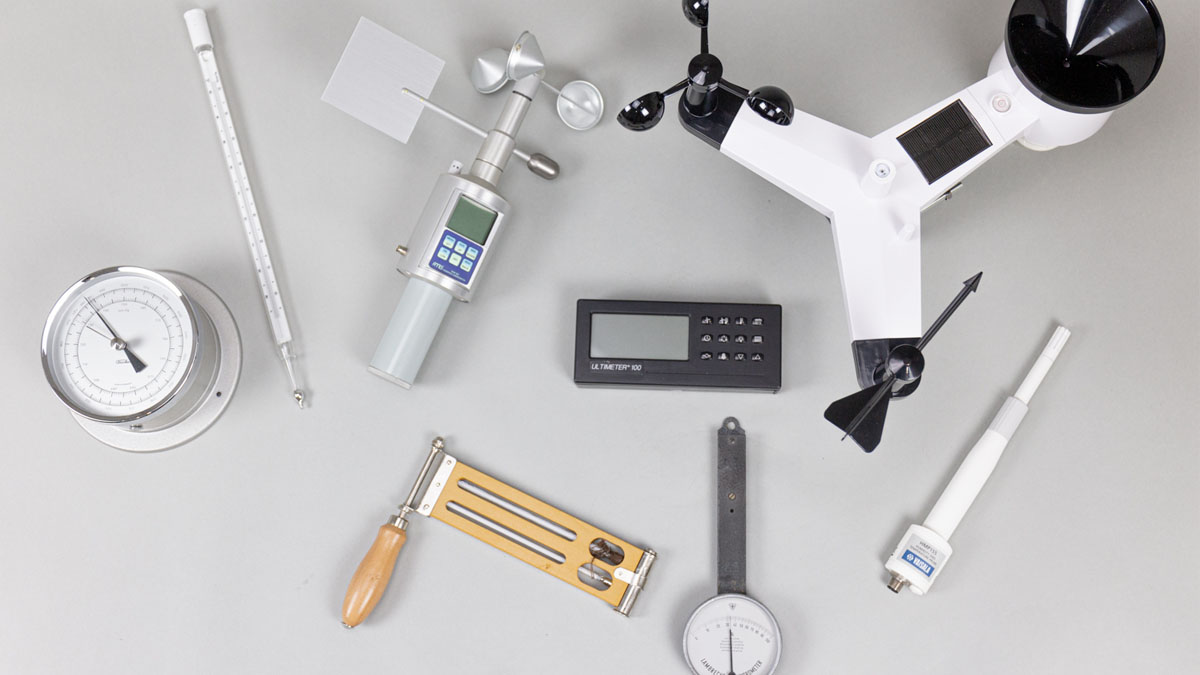

Articles
What Are The Weather Instrument
Modified: February 29, 2024
Discover the essential weather instruments used by meteorologists and weather enthusiasts. Read our informative articles to learn more about these tools and their importance in predicting weather conditions.
(Many of the links in this article redirect to a specific reviewed product. Your purchase of these products through affiliate links helps to generate commission for Storables.com, at no extra cost. Learn more)
Introduction
In our ever-changing world, understanding and predicting the weather is crucial for a variety of reasons. From planning outdoor activities to making informed decisions about travel and safety, having accurate weather information is invaluable. Weather instruments play a significant role in providing us with the data needed to analyze and forecast weather conditions.
These instruments come in various forms and serve different purposes, allowing us to measure different aspects of the atmosphere. Whether it’s determining temperature, pressure, humidity, wind speed, or precipitation, each instrument provides specific measurements that contribute to our understanding of weather patterns.
In this article, we will explore some of the most commonly used weather instruments and their functions. Whether you’re a weather enthusiast or simply curious about how these instruments work, this guide will give you a deeper insight into the tools used to monitor and analyze the weather.
Key Takeaways:
- Weather instruments, from thermometers to anemometers, provide crucial data for understanding and predicting weather patterns. They play a vital role in various industries and activities, contributing to safety and informed decision-making.
- The integration of technology has made weather monitoring more accessible and interconnected, empowering individuals to contribute to data collection and citizen science projects. Weather instruments continue to unlock the mysteries of our dynamic atmosphere.
Thermometers
One of the most basic and widely recognized weather instruments is the thermometer. Thermometers are used to measure temperature, a critical factor in weather forecasting. They consist of a glass tube filled with a liquid, usually mercury or alcohol, that expands or contracts based on the temperature changes in the surrounding air.
The most common type of thermometer is the mercury-in-glass thermometer. As the temperature rises, the mercury expands and moves up the narrow tube, indicating the corresponding temperature on a calibrated scale. However, due to the potential environmental hazards associated with mercury, digital thermometers and alcohol-filled thermometers have become more popular alternatives.
Digital thermometers work by using electronic sensors to measure temperature. They provide quick and accurate readings, making them ideal for both professional and personal use. They often come with additional features like memory storage and the ability to track temperature trends over time.
Another type of thermometer is the bimetallic thermometer, which uses the principle of two different metals expanding at different rates to measure temperature. This type of thermometer is commonly used in weather stations and outdoor thermometers.
Thermometers are typically placed in a shaded area away from direct sunlight and other heat sources to ensure accurate temperature readings. They can be used both indoors and outdoors, and various types of thermometers are available for different applications.
By measuring temperature, thermometers provide essential data for weather forecasts, climate studies, and monitoring temperature trends over time. They are a fundamental tool in understanding how temperature impacts our daily lives and the environment around us.
Barometers
Barometers are weather instruments used to measure atmospheric pressure. Atmospheric pressure, also known as barometric pressure, is the force exerted by the weight of air molecules in the Earth’s atmosphere. Changes in atmospheric pressure are indicative of weather patterns and can help forecast changes in the weather.
The most common type of barometer is the mercury barometer. It consists of a long glass tube filled with mercury that is inverted into a dish of mercury. As the atmospheric pressure changes, the mercury in the tube rises or falls. These changes in mercury level indicate variations in atmospheric pressure.
Mercury barometers are precise and reliable but are less commonly used today due to concerns about the environmental impact of mercury. Instead, modern barometers primarily use an aneroid capsule, which is a sealed, flexible metal capsule that expands or contracts based on changes in atmospheric pressure. This movement is translated into a visible reading on a calibrated dial.
Barometers are essential instruments in weather forecasting as they provide valuable information about the movement and intensity of weather systems. A steady rise in atmospheric pressure suggests fair weather, while a rapid decrease in pressure can indicate an approaching storm. These pressure changes help meteorologists predict weather conditions and issue timely warnings.
In addition to their meteorological uses, barometers are also used in aviation, agriculture, and even personal health. Pilots use barometric pressure readings to determine altitude, farmers consider pressure changes when planning agricultural activities, and certain health conditions can be influenced by changes in atmospheric pressure.
Barometers are typically kept in a stable, sheltered location to ensure accurate readings. They are calibrated regularly to maintain their accuracy and reliability. With the advancement of technology, digital barometers have also become popular, offering the convenience of instantaneous readings and the ability to track pressure trends.
By measuring atmospheric pressure, barometers provide valuable insights into weather patterns and help us understand the dynamic nature of our atmosphere. They are indispensable tools for meteorologists and weather enthusiasts alike.
Hygrometers
Hygrometers are weather instruments used to measure humidity, which represents the amount of moisture present in the air. Understanding humidity levels is important for various reasons, including agriculture, indoor comfort, and weather prediction.
There are different types of hygrometers available, each utilizing a unique mechanism to measure humidity. One common type is the mechanical or hair-based hygrometer. This design consists of a material, such as human or animal hair, that expands in humid conditions and contracts in dry conditions. The movement of the material is then translated into a reading on a calibrated scale.
Another type of hygrometer is the electronic or digital hygrometer, which uses sensors to measure humidity. These sensors can be based on capacitance, resistance, or thermal conductivity. Digital hygrometers provide quick and accurate readings and often have additional features like temperature measurement and data logging.
Hygrometers are crucial in weather forecasting as they help determine the likelihood of precipitation. High humidity levels indicate the presence of much moisture in the air, increasing the probability of rain or other forms of precipitation. Conversely, low humidity levels suggest drier conditions.
Hygrometers also play a significant role in indoor environments. Monitoring humidity levels indoors is essential for maintaining comfort and preventing issues like mold growth, which thrives in high humidity conditions. In industries like agriculture and manufacturing, hygrometers are used to ensure optimal conditions for processes and product storage.
When using hygrometers, it is important to place them in areas where air circulates freely and away from direct sources of moisture or heat. Regular calibration and maintenance are necessary to ensure the accuracy of the readings.
With the advancement of technology, portable and handheld hygrometers are widely available, allowing users to monitor humidity levels on the go. These devices are particularly useful for outdoor activities, construction projects, and environmental research.
By measuring humidity, hygrometers provide valuable information about the moisture content in the air, aiding in weather forecasting and providing insights into various applications. They contribute to our understanding of the complex relationship between moisture and the environment.
Anemometers
Anemometers are weather instruments used to measure wind speed and direction. Understanding wind patterns is vital for a wide range of industries and activities, including agriculture, aviation, and weather forecasting.
There are several types of anemometers, each with its own method of measuring wind speed. One common type is the cup anemometer, which consists of three or four cups mounted on a vertical axis. As the wind blows, the cups rotate, and the speed is calculated based on the rotational speed of the cups.
Another type is the propeller anemometer, which uses a small propeller-like device to measure wind speed. The propeller rotates with the force of the wind, and the speed is determined by counting the number of rotations per unit of time.
Ultrasonic anemometers are also widely used. They use ultrasonic sensors to measure the time it takes for sound waves to travel between the sensors. By comparing the travel times in different directions, both wind speed and direction can be determined accurately.
Anemometers are crucial in weather forecasting as they provide information about wind patterns and the movement of weather systems. Changes in wind speed and direction can indicate the arrival of storms or changing weather conditions.
In addition to weather forecasting, anemometers play a vital role in aviation and maritime industries. Pilots and sailors rely on wind measurements for safe navigation and to make informed decisions about route planning and fuel consumption.
Anemometers are typically mounted on tall masts or structures to ensure accurate readings and to avoid any interference from surface-level obstacles that may disrupt wind flow. Regular maintenance, calibration, and verification are necessary to ensure the accuracy of the measurements.
With advances in technology, handheld anemometers have become popular among outdoor enthusiasts, hikers, and sports enthusiasts. These portable devices provide on-the-go wind measurements and are useful for activities like wind sports, mountaineering, and paragliding.
By measuring wind speed and direction, anemometers contribute to our understanding of weather patterns, aid in various industries, and help ensure safety and efficiency in a wide range of applications.
When learning about weather instruments, it’s important to understand their purpose and how they work. Take the time to research and understand the different types of instruments and their specific functions in measuring weather conditions.
Rain Gauges
Rain gauges are weather instruments used to measure the amount of precipitation that falls in a specific location over a given period. The data collected from rain gauges is crucial for understanding rainfall patterns, water resource management, and forecasting potential flooding.
The most common type of rain gauge is the cylindrical gauge, which consists of a straight-sided container with a wide opening at the top to catch rainwater. The rainwater collected is then measured in millimeters or inches.
Tipping bucket rain gauges are another widely used type. These gauges have two compartments that alternate between filling with rainwater. When one compartment fills up, it tips, emptying the water and recording the “tip.” The number of tips is then used to calculate the amount of rainfall.
More advanced rain gauges utilize electronic sensors to measure rainfall. These gauges often use an acoustic signal or an optical sensor to detect the presence of raindrops and calculate the intensity of rainfall.
Accurate placement of rain gauges is essential for obtaining reliable measurements. They are typically installed in open areas away from obstructions that could affect the accuracy of the readings, such as trees or buildings. Regular maintenance, including cleaning and calibration, helps ensure the accuracy of the collected data.
Rain gauges play a vital role in weather forecasting by providing precipitation data to meteorologists. This information assists in predicting the intensity and duration of rainfall, which can be critical in issuing flood warnings and assessing potential water resource availability.
Moreover, rain gauges are used in research studies focused on climate patterns, hydrology, and agriculture. Farmers rely on rainfall data for irrigation planning and crop management, while hydrologists use it to monitor water availability and the overall health of ecosystems.
With the advancement of technology, wireless and automated rain gauges have become more popular. These gauges transmit data directly to weather stations or online platforms, providing real-time information about rainfall patterns and trends.
By measuring rainfall, rain gauges help us understand the distribution of precipitation, assess water resources, and predict weather-related events. They are fundamental tools for monitoring and managing one of Earth’s most essential resources – water.
Weather Vanes
Weather vanes, or wind vanes, are weather instruments used to measure the direction of the wind. They have been used for centuries as a simple and effective way to determine wind direction, which is crucial in predicting weather patterns and understanding atmospheric conditions.
A traditional weather vane consists of a flat plate or arrow mounted on a rotating spindle. The arrow or plate is shaped in such a way that one side has more surface area than the other. This imbalance causes the vane to align itself with the direction of the wind, indicating the wind’s prevailing direction.
Weather vanes are typically mounted on rooftops, towers, or poles, where they are exposed to the open air and have an unobstructed view of the wind. The rotating spindle allows the vane to move freely, ensuring accurate wind direction readings.
In addition to their practical use in weather monitoring, weather vanes often have decorative elements and can be found on top of barns, houses, and public buildings. They add a touch of charm and give a traditional and nostalgic feel to any structure while serving a functional purpose.
Wind direction data collected from weather vanes contributes to weather forecasting and helps in understanding atmospheric circulation patterns. Changes in wind direction can indicate the arrival of weather systems, the potential for severe weather, and the influence of local topography on wind flow.
While weather vanes are primarily used to determine wind direction, some modern versions include additional sensors to measure wind speed and other meteorological parameters. Combining wind direction data with wind speed allows for a more comprehensive understanding of wind patterns and their impact on the environment.
The popularity of weather vanes has persisted through the centuries, despite technological advancements in weather monitoring. Their simplicity and reliability continue to make them a beloved and functional decorative feature for weather enthusiasts and homeowners alike.
By providing wind direction information, weather vanes play a small but significant role in understanding meteorological processes and contributing to weather forecasting efforts. They serve as a charming reminder of our dependence on the natural elements and our desire to understand and predict the weather around us.
Weather Stations
Weather stations are comprehensive systems that combine multiple weather instruments to measure and record various meteorological parameters. They provide valuable data on temperature, humidity, wind speed and direction, rainfall, atmospheric pressure, and more.
A typical weather station consists of several components, including thermometers, hygrometers, anemometers, rain gauges, barometers, and sometimes even solar radiation sensors and lightning detectors. These instruments are strategically placed to provide accurate and reliable measurements.
Weather stations can be found in various locations, including airports, research facilities, and even personal weather enthusiasts’ backyards. They are designed to collect continuous data and can be either manual, requiring regular maintenance and observations, or automated, where sensors and computer systems collect and log data automatically.
The data collected from weather stations is of immense importance for a wide range of applications. Meteorologists use the data to analyze weather patterns and produce accurate forecasts, helping to predict severe weather events, monitor climate changes, and study long-term weather trends.
Agricultural industries rely on weather stations to make informed decisions about irrigation, crop planting, and pest control. Energy providers use weather station data to optimize the generation and distribution of power. Outdoor enthusiasts and sports organizations utilize weather station data to plan activities and ensure safety.
Weather stations play a crucial role in aviation. Information on wind speed and direction, visibility, and atmospheric conditions from weather stations is essential for flight planning, air traffic control, and ensuring safe takeoffs and landings.
With advancements in technology, weather stations have become more sophisticated and interconnected. They can send real-time data to centralized databases, allowing for the creation of weather networks and improving the accuracy and reach of weather forecasts.
Personal weather stations, designed for individual use, have also become popular. These stations are often compact and affordable, allowing homeowners and weather enthusiasts to monitor local weather conditions and contribute to citizen science projects.
Weather stations are integral to our understanding of the Earth’s atmosphere and the impact it has on our daily lives. By collecting data on various meteorological parameters, these stations provide invaluable insights into the dynamic nature of weather and help us make informed decisions in a wide range of sectors.
Conclusion
Weather instruments play a vital role in our understanding of the ever-changing weather patterns that influence our daily lives. From thermometers and barometers to hygrometers, anemometers, rain gauges, weather vanes, and weather stations, each instrument provides valuable data on different atmospheric parameters.
Thermometers measure temperature, helping us track variations in heat and cold. Barometers monitor atmospheric pressure, providing insights into weather systems and aiding in accurate forecasting. Hygrometers measure humidity, giving us information on moisture levels in the air and its impact on various aspects of our lives. Anemometers measure wind speed and direction, aiding in weather predictions and supporting activities like aviation and agriculture. Rain gauges track precipitation, allowing us to understand rainfall patterns and manage water resources effectively. Weather vanes indicate wind direction, adding a touch of charm to structures while providing valuable information. Weather stations combine multiple instruments, creating comprehensive systems to measure and record a wide range of meteorological parameters.
These weather instruments, whether traditional or digital, continue to play a crucial role in our understanding and predicting of weather conditions. The data they provide helps meteorologists, scientists, farmers, and individuals make informed decisions about activities, safety, and resource management. Weather stations are particularly invaluable in their ability to collect and analyze a multitude of weather-related data, contributing to accurate weather forecasts and the study of long-term climate trends.
As technology advances, weather monitoring has become more accessible and interconnected. Personal weather stations empower individuals to contribute to data collection and citizen science projects. The integration of weather station information into centralized databases enables the creation of robust weather networks that improve the accuracy and reach of weather forecasts.
In conclusion, weather instruments are essential tools for comprehending and anticipating the ever-changing atmosphere. They provide us with valuable insights into temperature, pressure, humidity, wind, and precipitation, enabling us to better understand and adapt to weather conditions. By harnessing the power of these instruments, we can make informed decisions, enhance safety, and optimize various industries that rely on accurate weather data. Weather instruments truly hold the key to unlocking the mysteries of our dynamic and fascinating atmosphere.
Frequently Asked Questions about What Are The Weather Instrument
Was this page helpful?
At Storables.com, we guarantee accurate and reliable information. Our content, validated by Expert Board Contributors, is crafted following stringent Editorial Policies. We're committed to providing you with well-researched, expert-backed insights for all your informational needs.
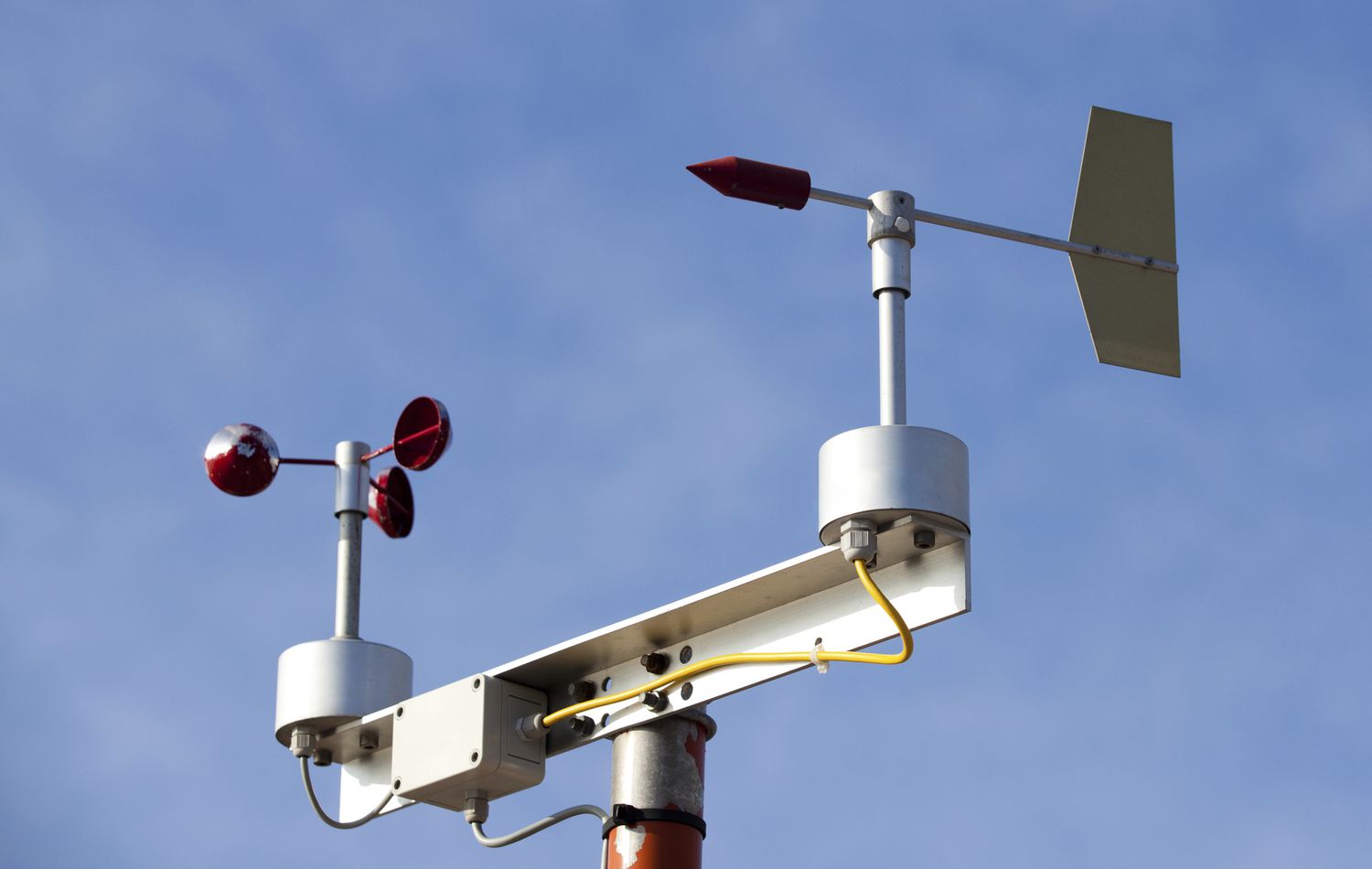
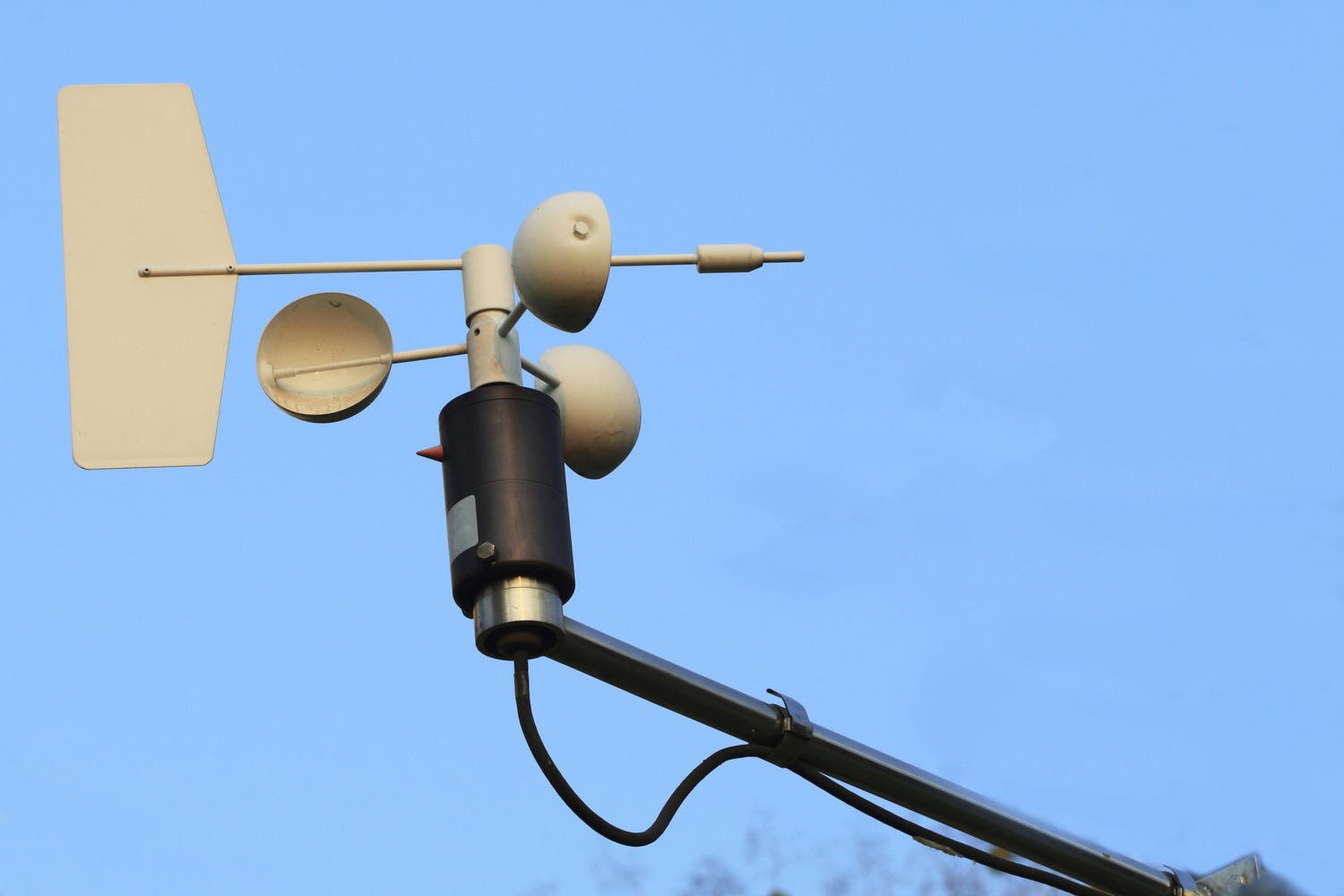
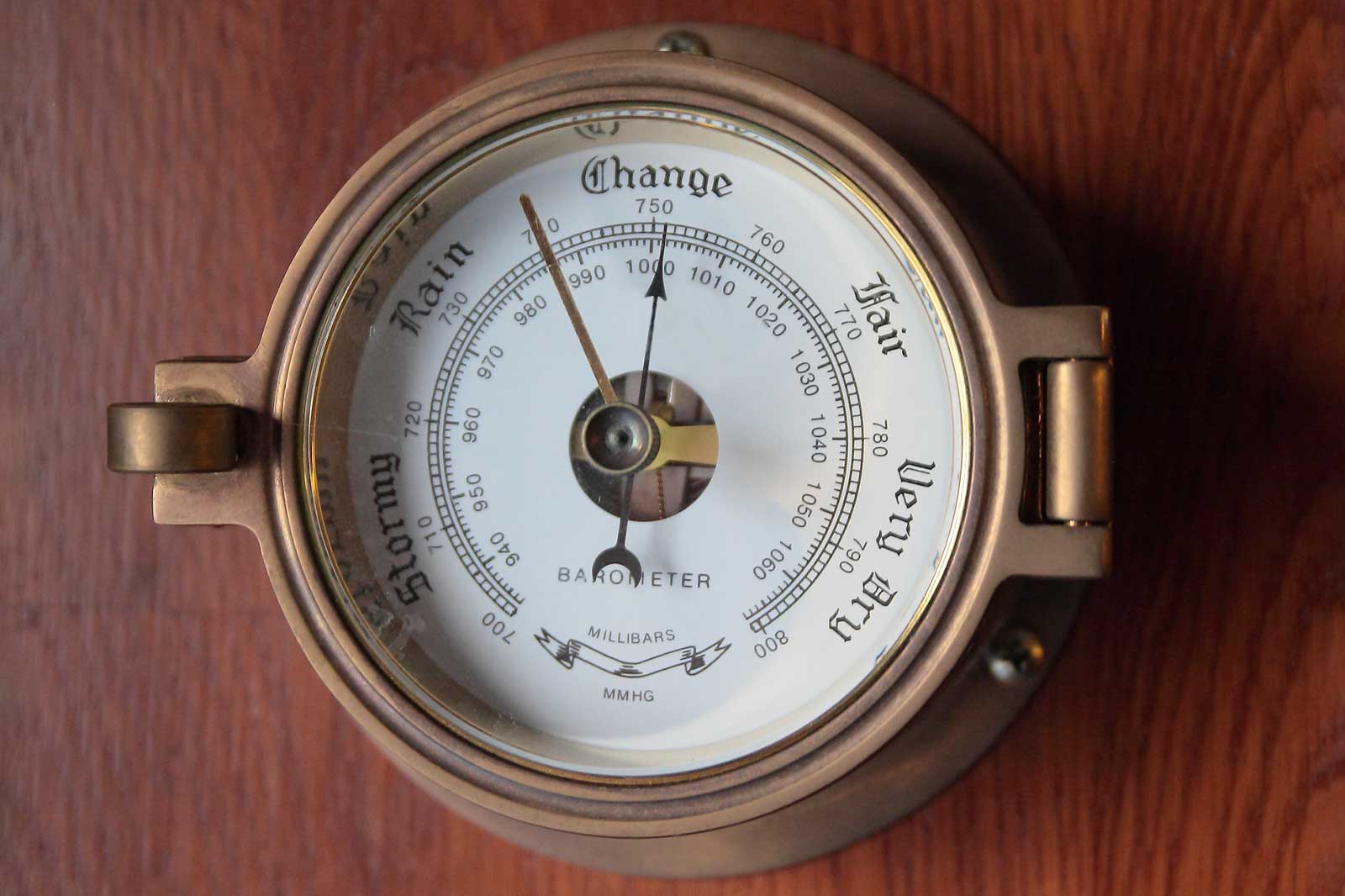
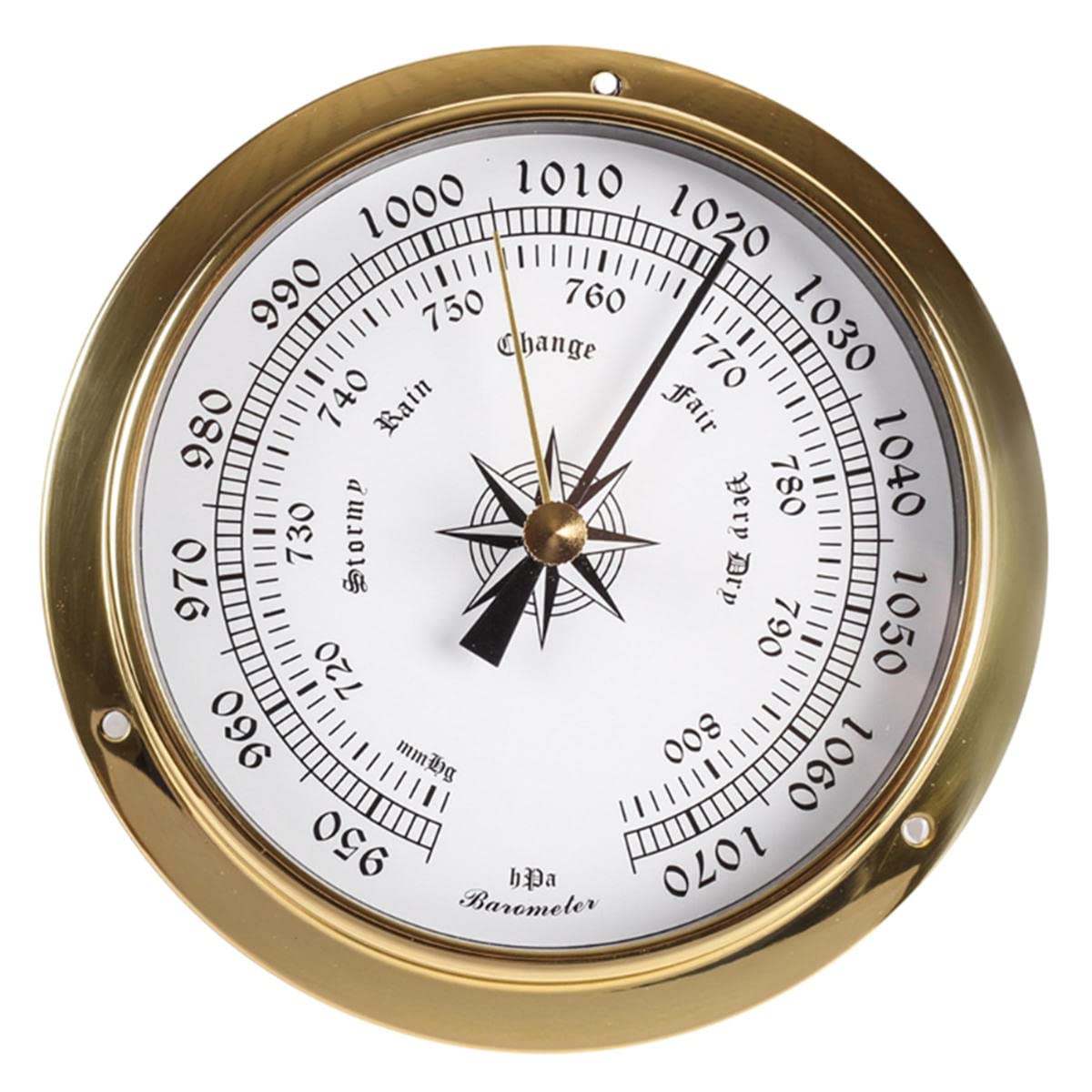
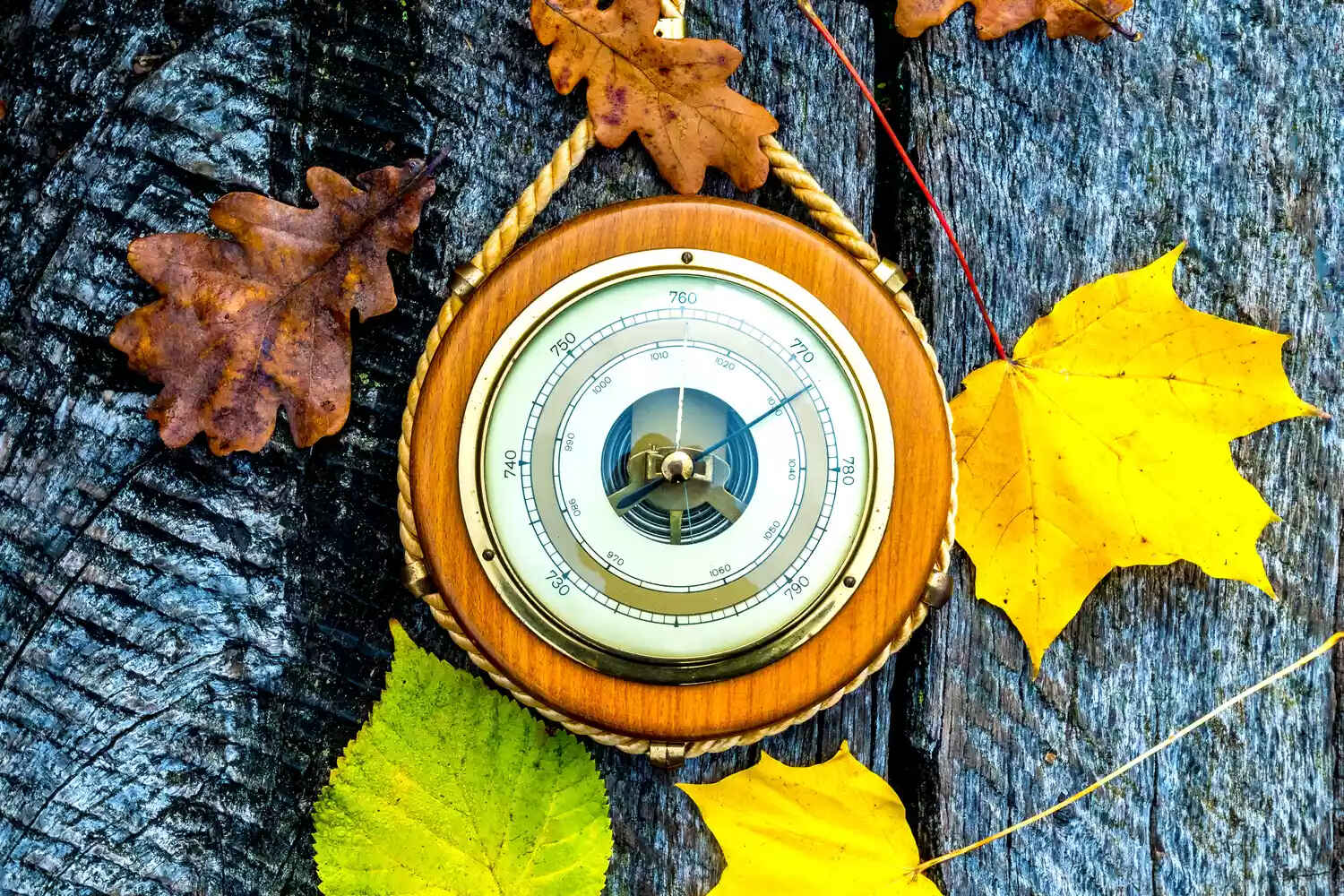
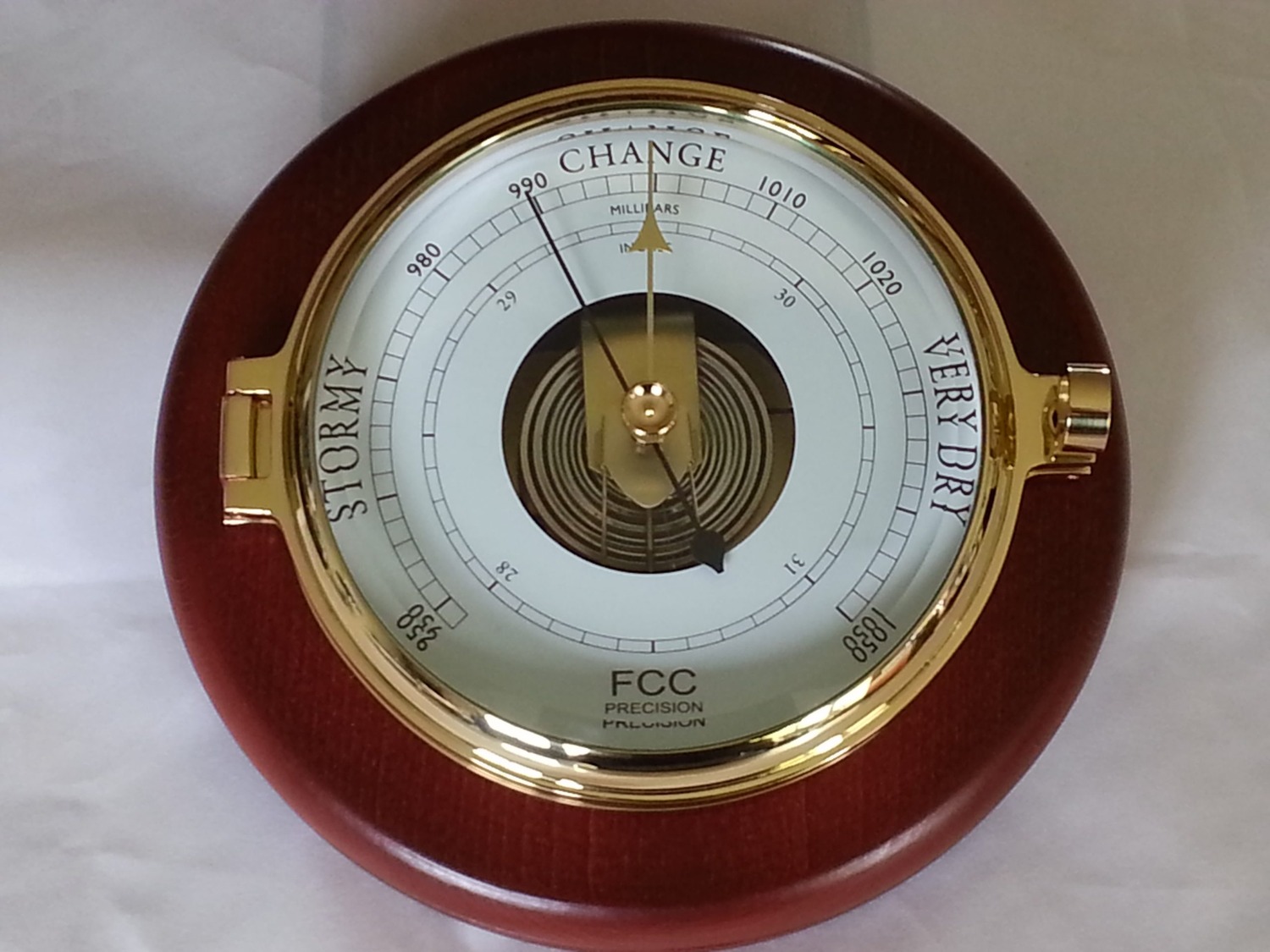
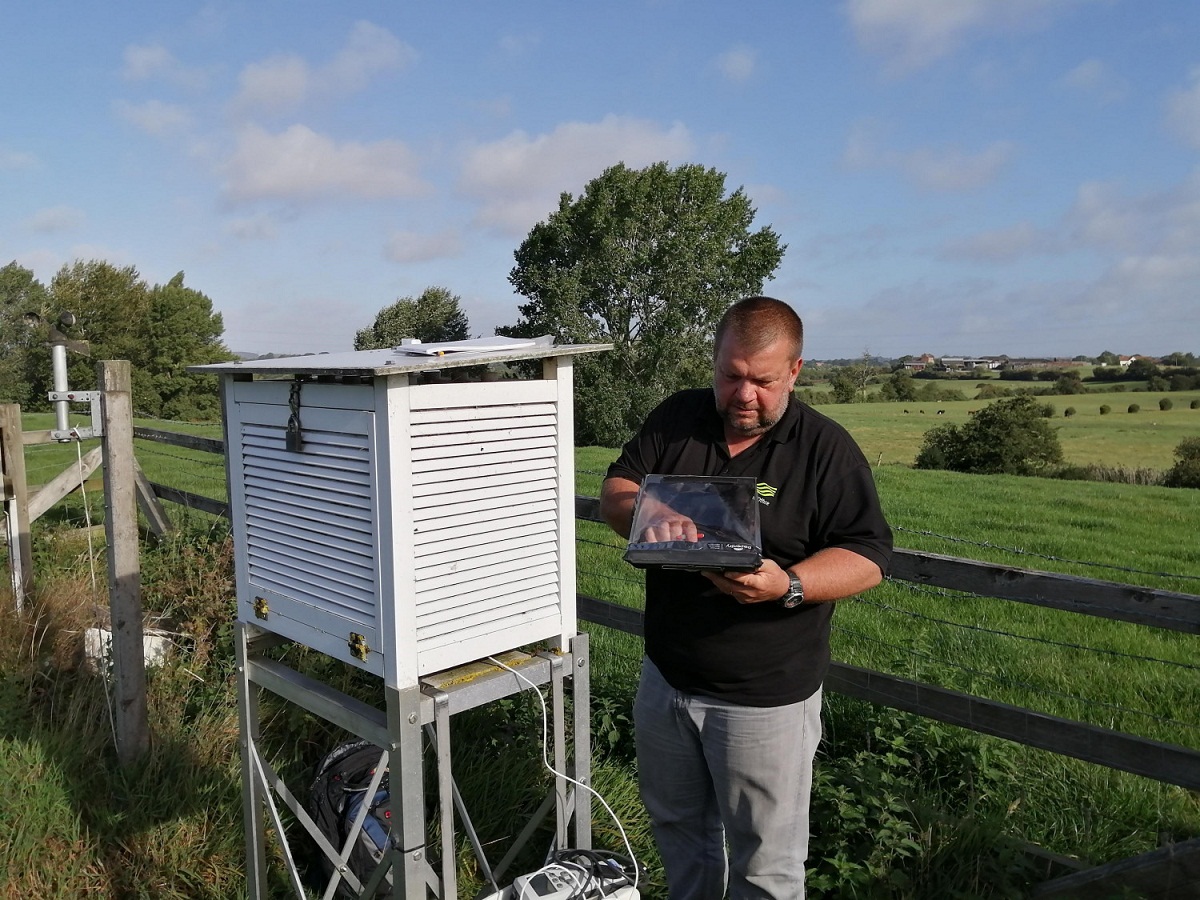
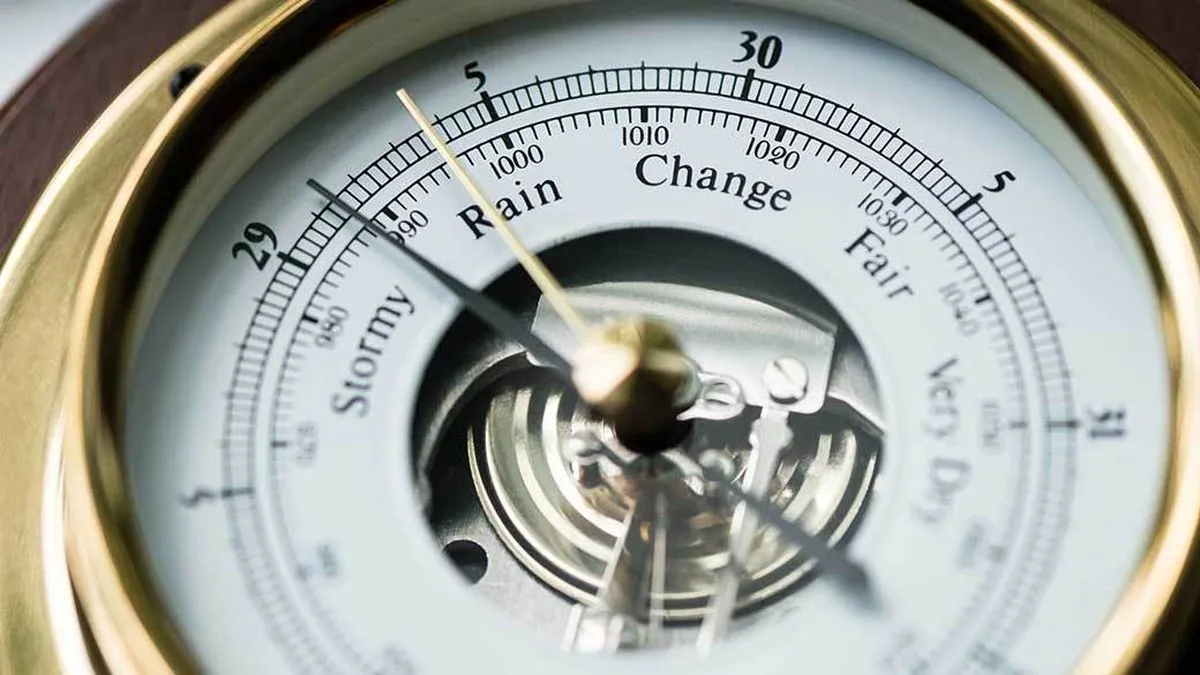
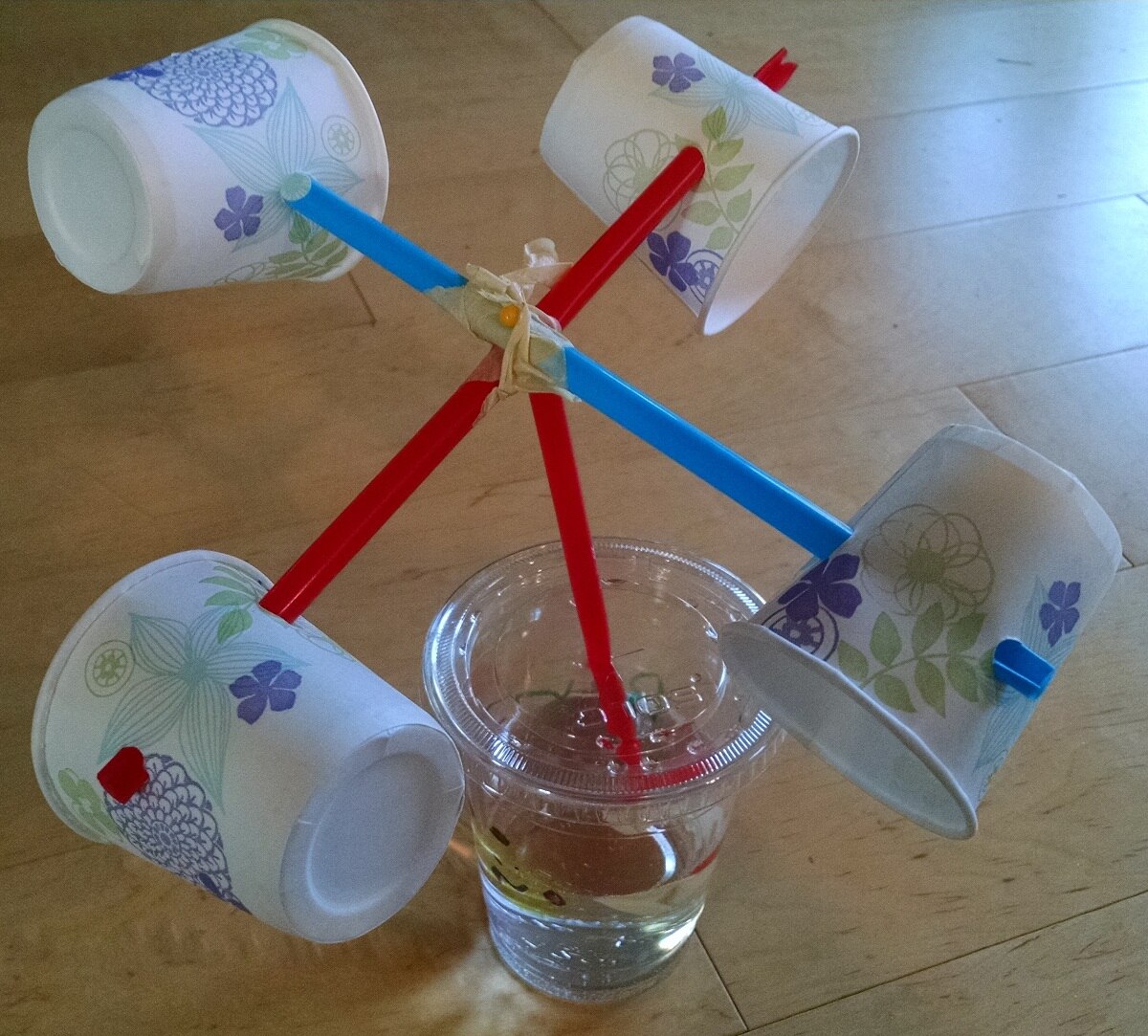
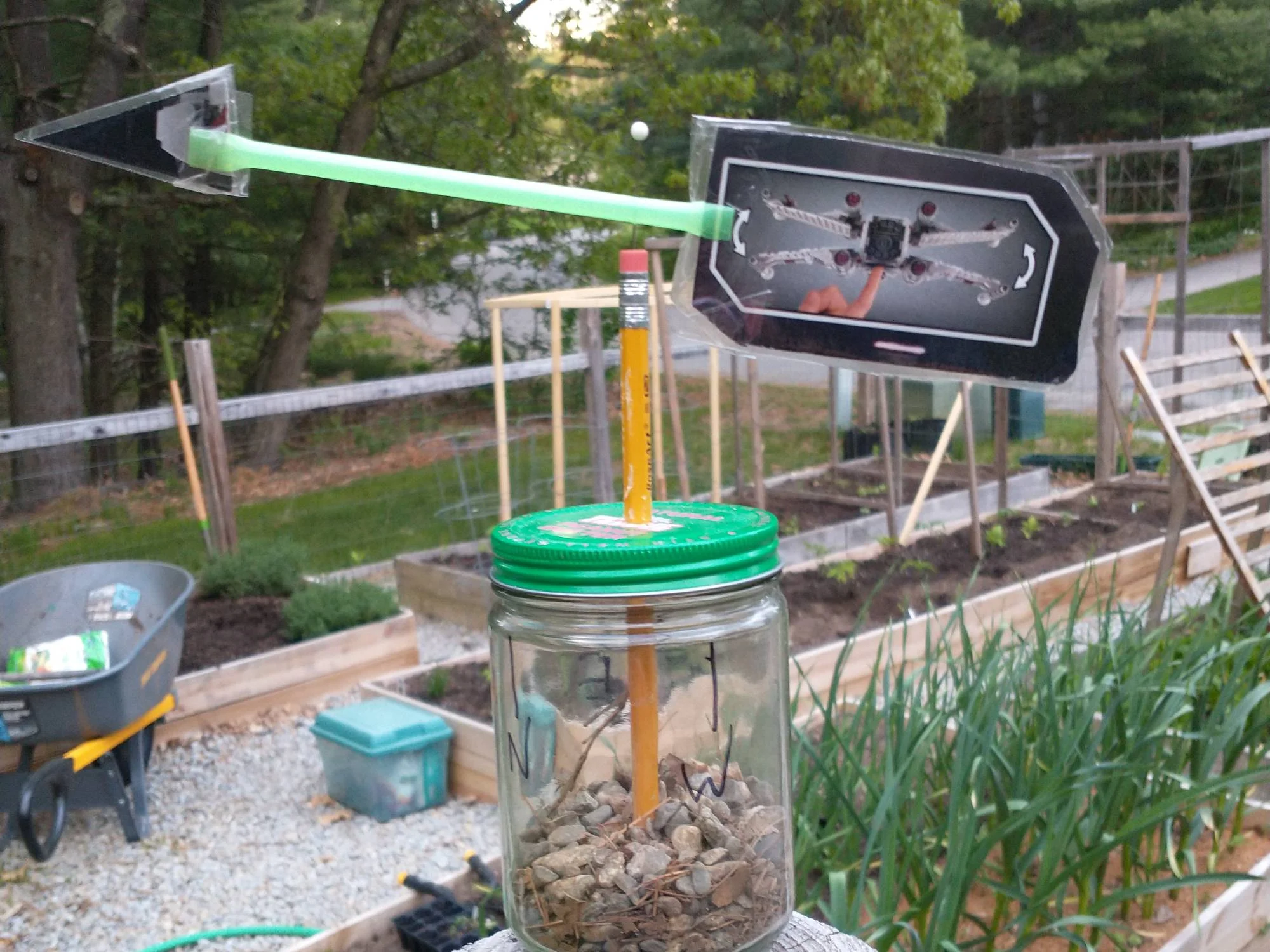
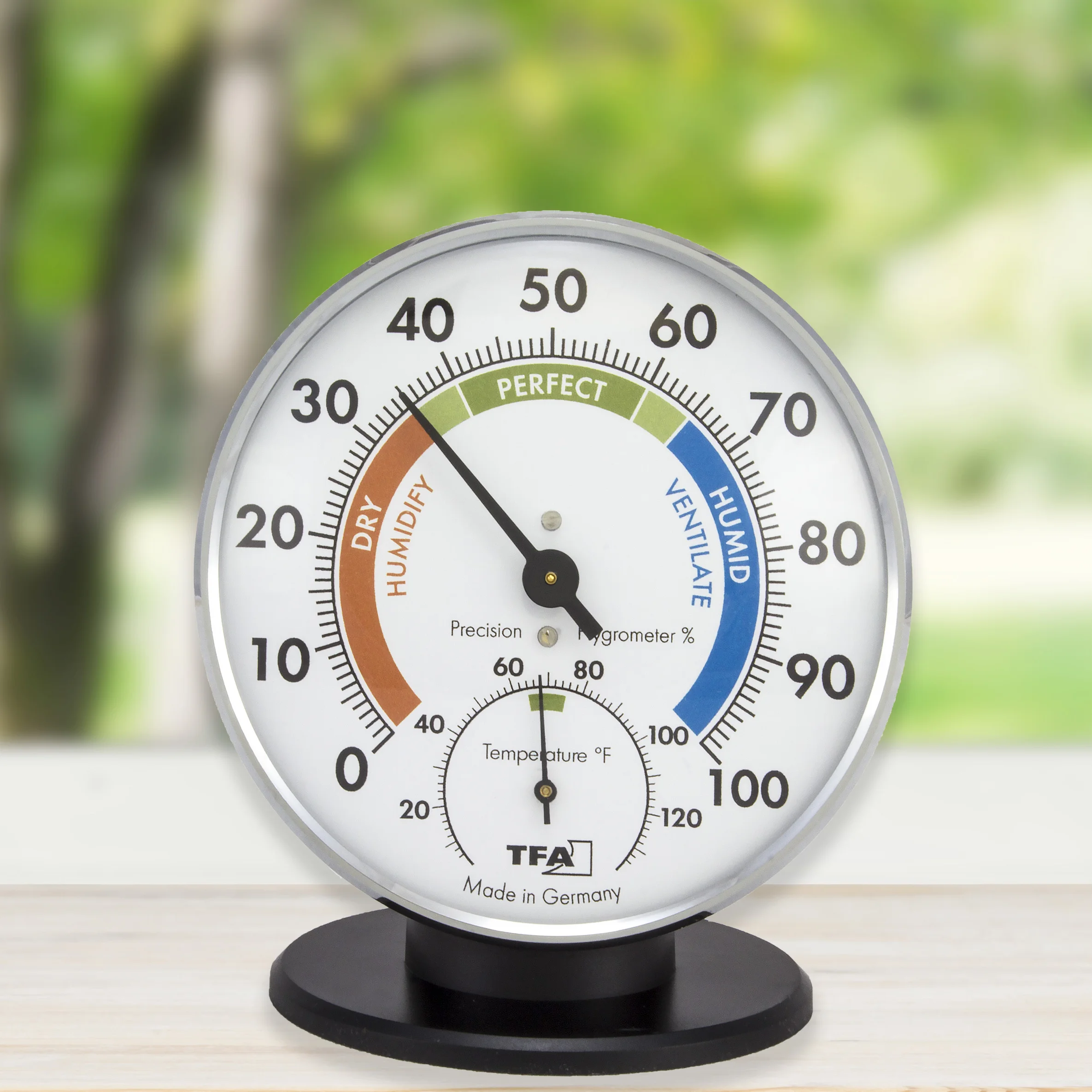
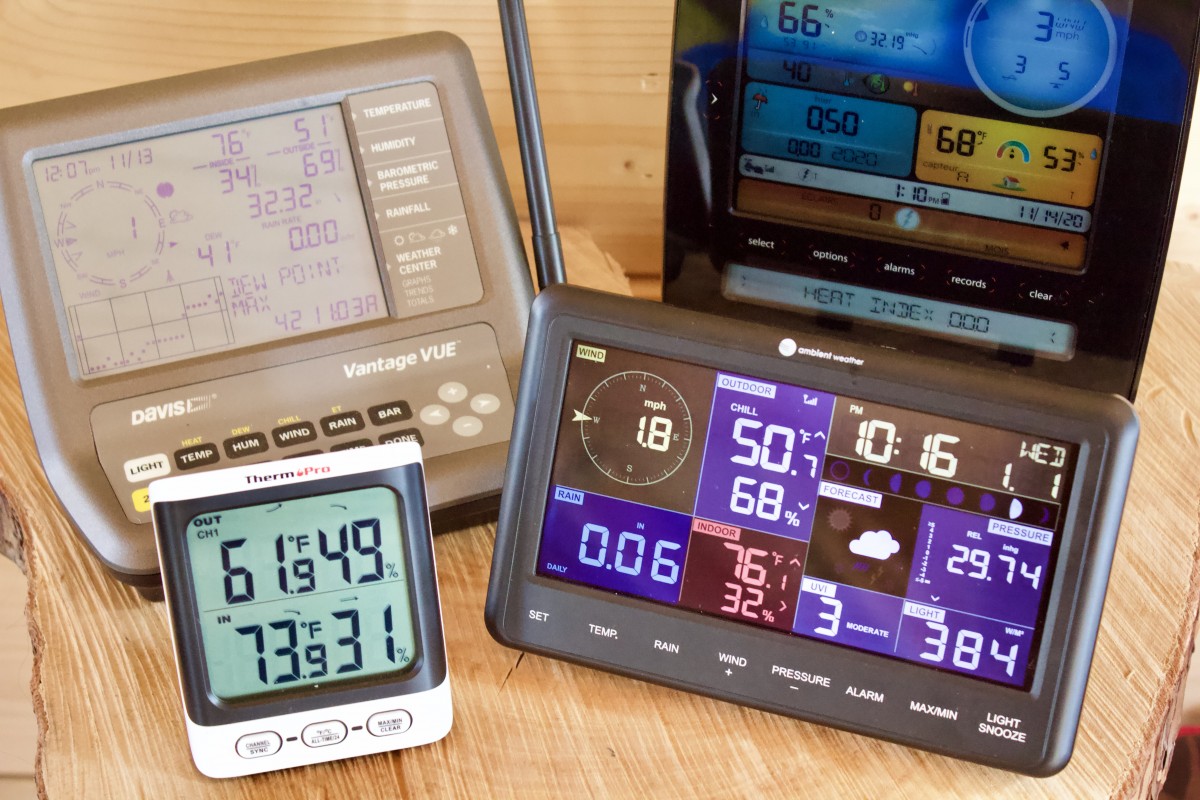
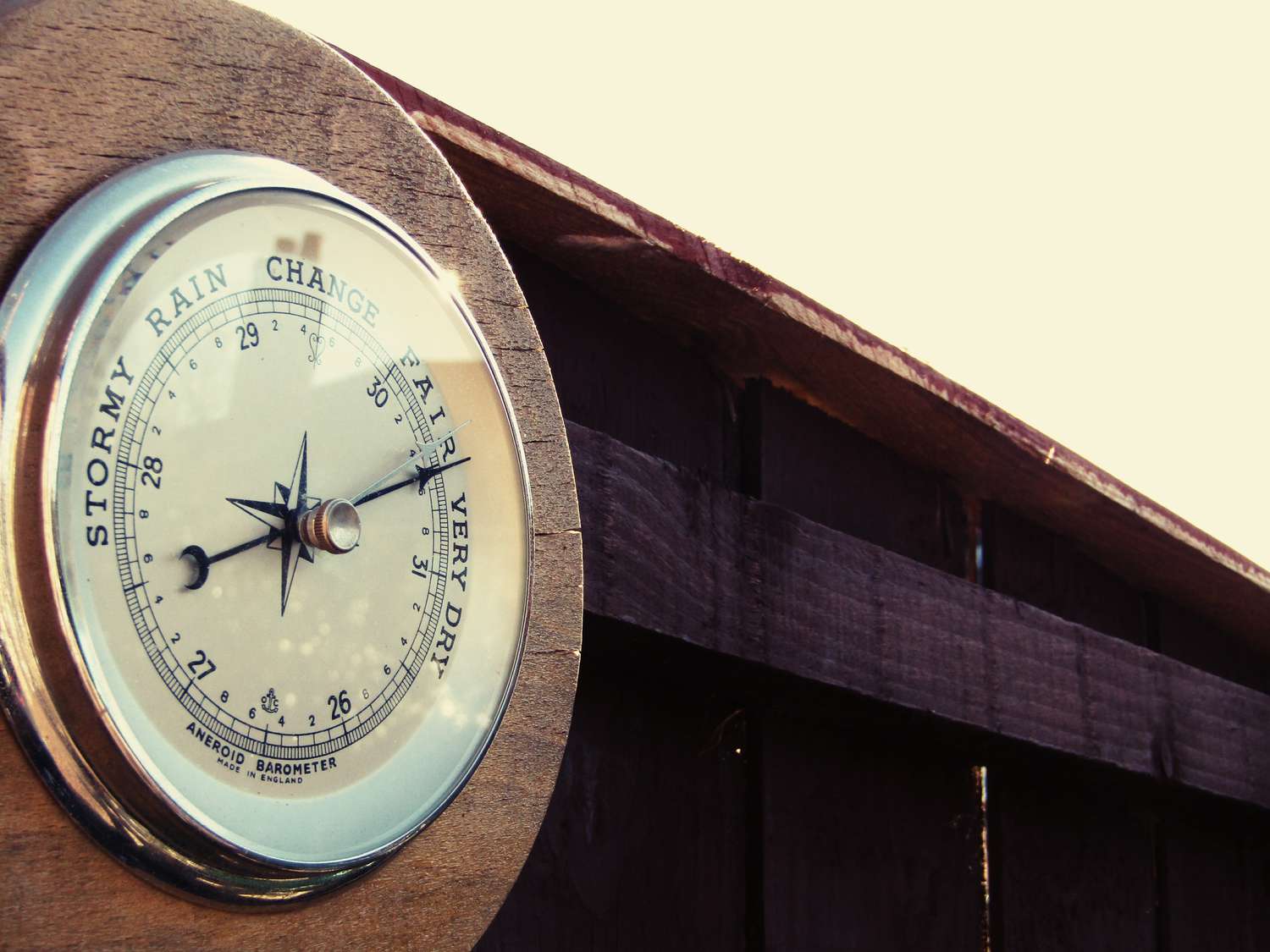
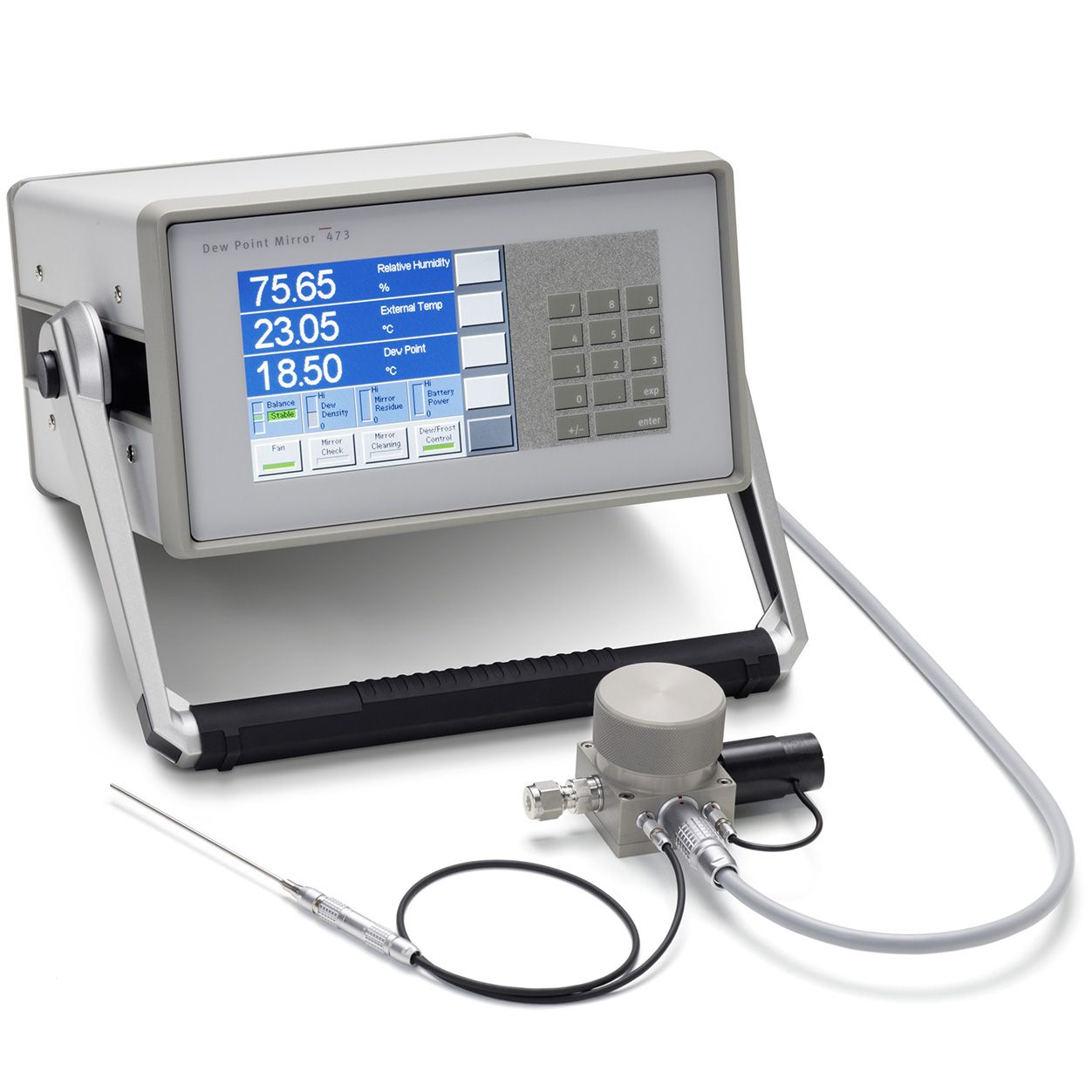

0 thoughts on “What Are The Weather Instrument”